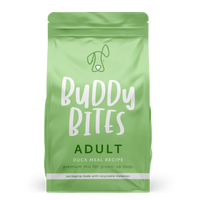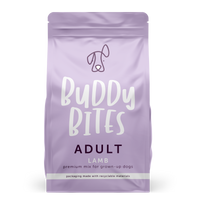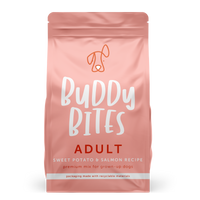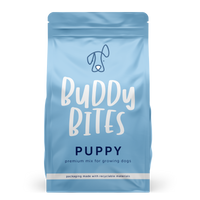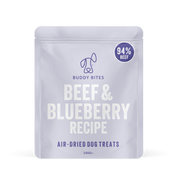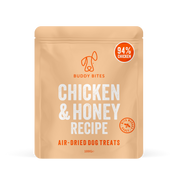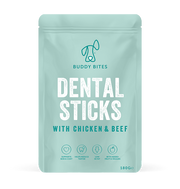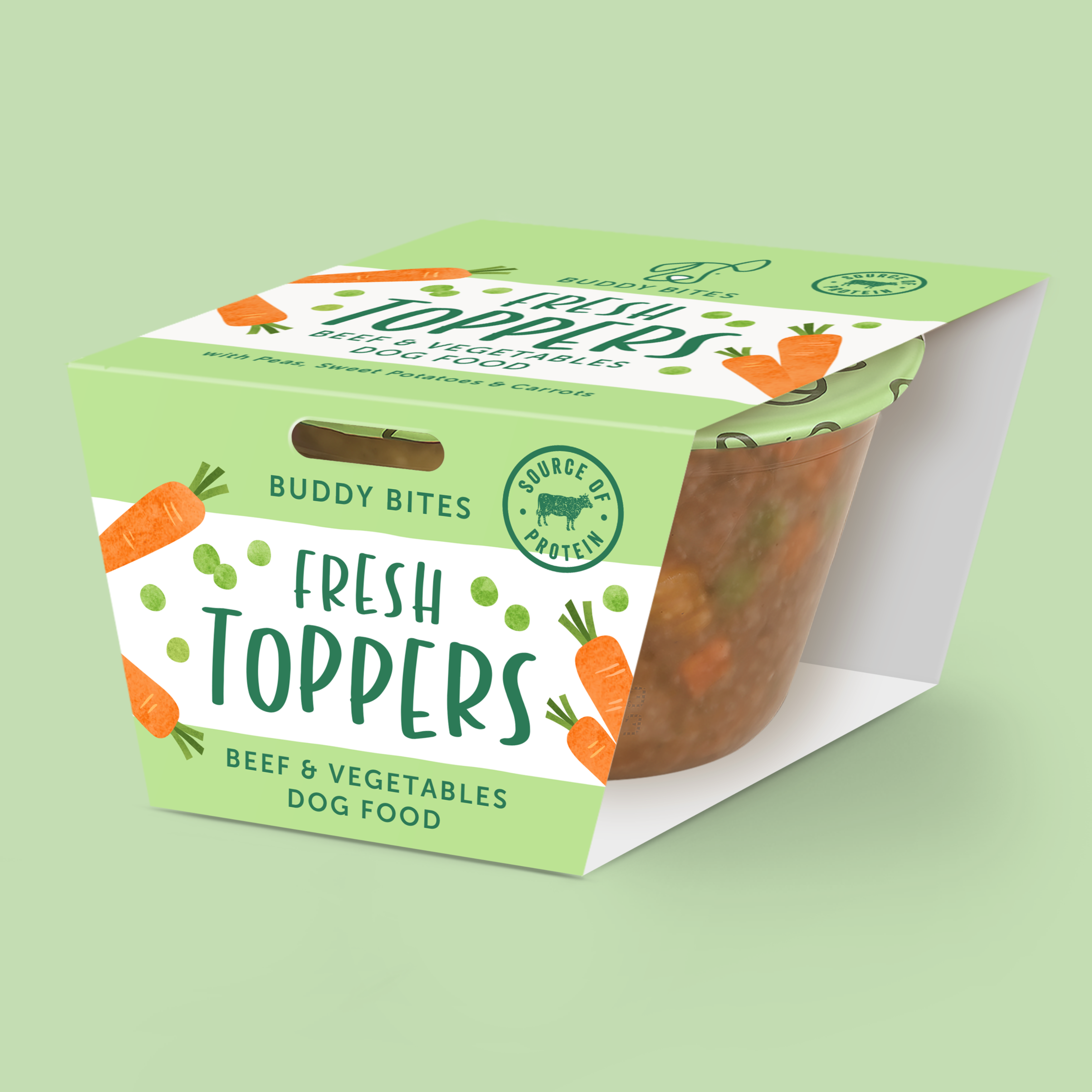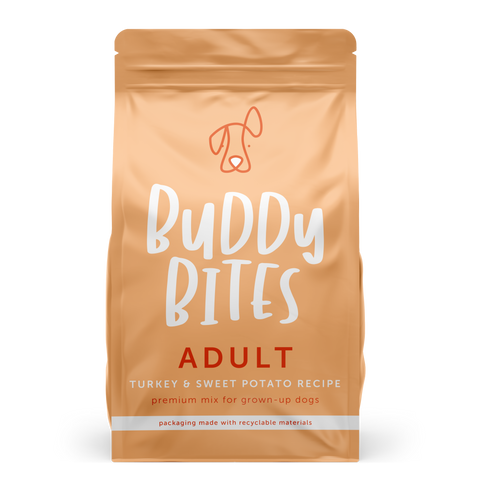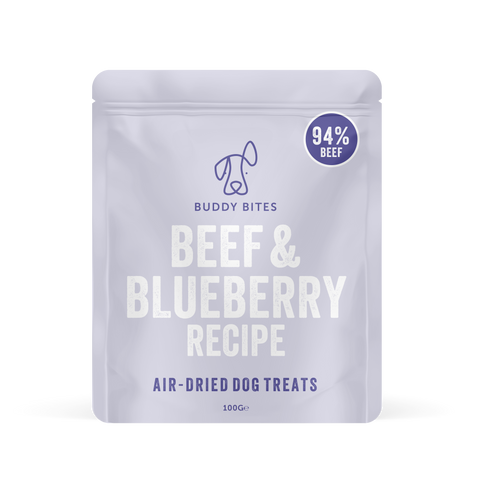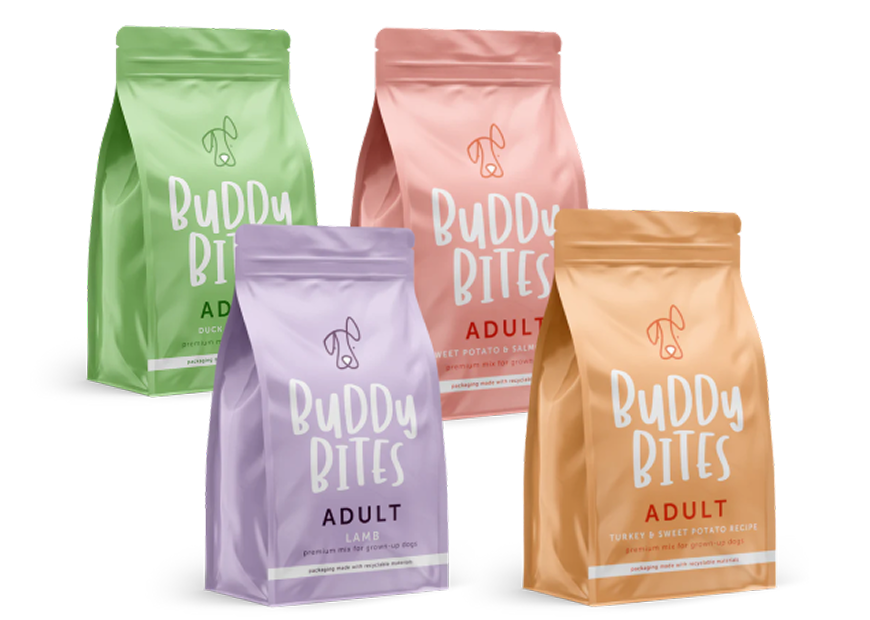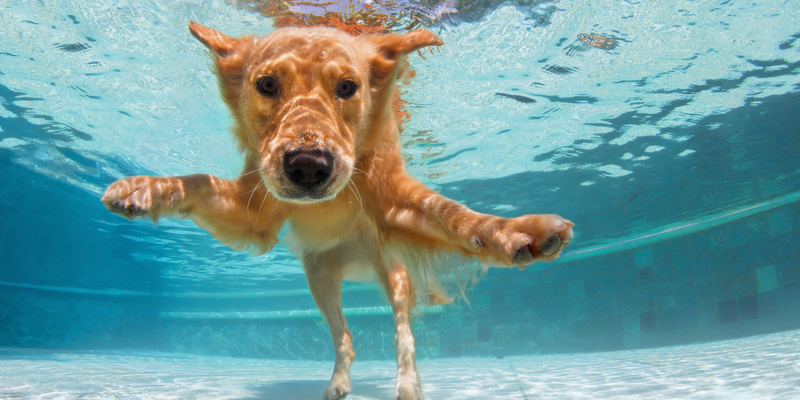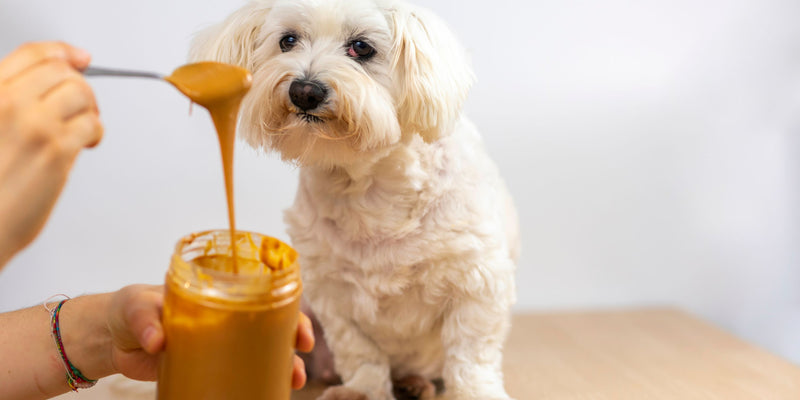To Shave or Not to Shave: Navigating Dog Coat Care
January 01, 2024
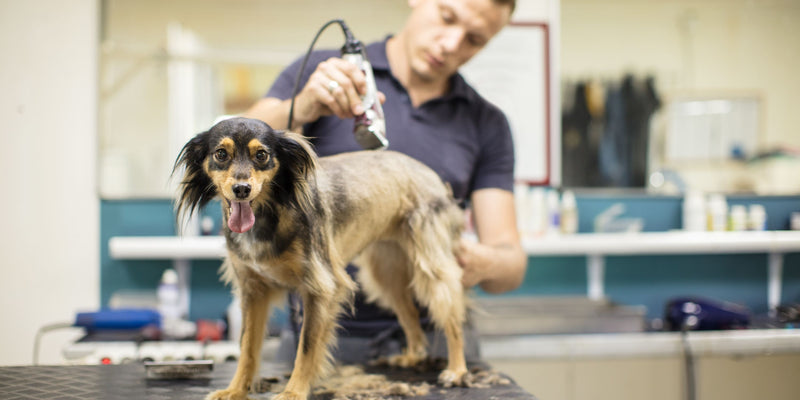
As the summer heat approaches, many dog owners find themselves contemplating the idea of shaving their furry companions to keep them cool. While the concept seems straightforward, it's essential to delve into the intricacies of dog coats, understanding their functions and the potential impact of shaving. In this article, we explore the reasons behind shaving, the diversity of dog coats, and alternative methods to keep your pup cool during the sweltering months.
Why Shave Your Dog's Coat?
People opt to shave their dogs primarily to provide relief from the heat. It's a common belief that removing the coat will help keep dogs cooler in warm weather. Additionally, some choose to shave dogs with thick or double coats to minimise shedding and reduce the risk of matting, making grooming more manageable. However, it's crucial to note that shaving isn't suitable for all breeds, and the decision should be based on the specific characteristics of your dog's coat.

Understanding Different Types of Dog Coats:
Dogs exhibit a wide range of coat types, each serving a unique purpose. Double-coated breeds, such as Siberian Huskies or Golden Retrievers, have a soft undercoat beneath a coarser outer layer, providing insulation in both cold and hot weather. Single-coated breeds, like Poodles or Bichon Frises, lack an undercoat and may be more prone to sunburn. Wire-haired breeds, such as Terriers, boast a harsh, wiry coat that acts as a protective shield. It's crucial to recognise that shaving certain breeds can disrupt the natural functionality of their coats.

The Negative Impacts of Shaving Inappropriately:
Shaving dogs that are not meant to be shaved can have adverse effects on their health. The coat of many breeds serves as insulation not only against the cold but also as protection from the sun's harmful rays. Shaving can expose their skin to sunburn, increasing the risk of skin issues and discomfort. Furthermore, it can interfere with the natural shedding and regrowth cycle, leading to irregular hair growth and potential long-term damage to the coat's texture and quality. Shaving can also disturb the dog's natural ability to regulate body temperature, potentially causing overheating, especially in breeds adapted to colder climates.
Alternative Ways to Keep Your Dog Cool:
Instead of resorting to shaving, there are alternative methods to ensure your dog stays cool during hot weather. Regular grooming, including brushing and trimming, helps remove excess hair and prevents matting. Providing shade, access to fresh water, and limiting outdoor activities during peak heat hours are fundamental. Consider using cooling mats or vests, and if your dog enjoys water, a shallow pool or even a wet towel can offer relief. Ensuring proper hydration and avoiding strenuous exercise on scorching days are also crucial components of responsible summer pet care.

The decision to shave your dog's coat requires careful consideration of their breed, coat type, and individual needs. While shaving might be suitable for certain breeds, it can be detrimental for others, disrupting the natural protective functions of their coats. Before taking drastic measures, consult with a veterinarian or professional groomer to determine the best course of action for your specific furry friend. Embracing alternative methods to keep your dog cool not only preserves their coat functionality but also ensures their overall well-being in the summer heat.

